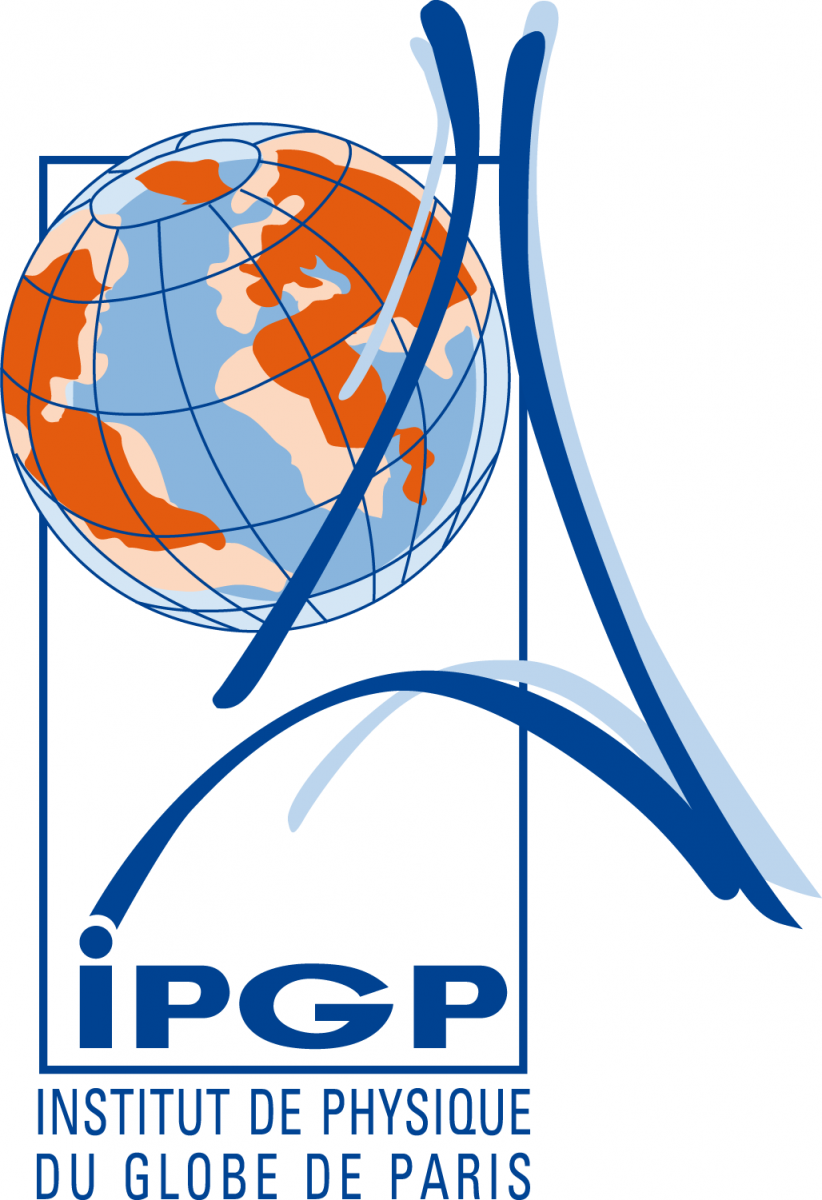Lyell Meeting 2014: Deep sea chemosynthetic ecosystems: where they are found, how they work and what they looked like in the geological past.
Date: 12 March 2014
Venue: The Geological Society, Burlington House, London
Web: www.geolsoc.org.uk/lyell14
The ocean exploration in the past 40 years has revolutionised our knowledge of ecological adaptations of life in the deep sea and associated mineralogical resources. In the cold and dark ocean depths abundant animal communities flourish where fluids rich in methane, hydrogen sulphide, hydrogen and other chemically reduced compounds are released from the sea floor at hydrothermal vents and cold seeps. Similar communities occur where large pieces of organic matter, such as whales and wood, have sunk to the bottom of the sea. Life teems at these so-called chemosynthetic sites because of the huge amount of chemical energy available, and numerous symbiotic relationships of animals with chemoautotrophic bacteria. The same chemosynthesis-based communities are being increasingly recognised in the geological record, giving important new insights about the evolution of these communities through time. Part of this record comes from massive sulphide deposits, which are a significant economic resource.
This meeting will bring together geologists, marine biologists and ecologists, palaeontologists and geomicrobiologists to highlight recent achievements in our understanding of chemosynthetic ecosystems, past and present. We will explore the complex relationships between geology and life at these sites; details of chemosymbiotic animal-microbial interactions; and how and when animals adapted to life in these extreme environments. Finally, recent hypotheses about the existence of similar ecosystems on other Solar System planets will be presented.
Conveners:
Silvia Danise (Plymouth University) and Crispin Little (University of Leeds)
Invited Speakers:
Jonathan Copley (University of Southampton) Orbis non sufficit: going beyond biogeography in understanding the ecology of deep-sea hydrothermal vents.
Nadine Le Bris (Université Pierre et Marie Curie-Paris, France) Intimate links between chemosynthetic fauna and their chemical environment: a microhabitat perspective.
Richard Herrington (Natural History Museum) The economic importance of modern seafloor massive sulphide deposits and their ancient analogues.
Marina Cunha (Universidade de Aveiro, Portugal) Ecology and biogeography of cold seep fauna, with insights from the Northeast Atlantic.
Jörn Peckmann (Universität Wien, Austria) Biogeochemical processes at ancient and modern methane-seeps.
Jillian Petersen (Max Planck Institute for Marine Microbiology, Germany) Chemosynthetic symbioses at vents and seeps: Tapping dark energy in the deep sea.
John Taylor (Natural History Museum) Chemosymbiotic bivalves from the intertidal to deep sea - multiple origins, diversity and evolution.
Adrian Glover (Natural History Museum) Chemosynthesis at whale-falls and their role in driving the speciation and evolution of annelids in the deep sea.
Steffen Kiel (Universität Göttingen, Germany) Chemosynthetic ecosystems through Earth history.
Monica Grady (The Open University) Astrobiological implications of chemosynthesis and the possibility of life beyond the Earth.




